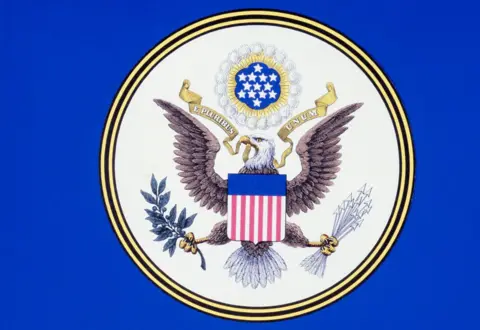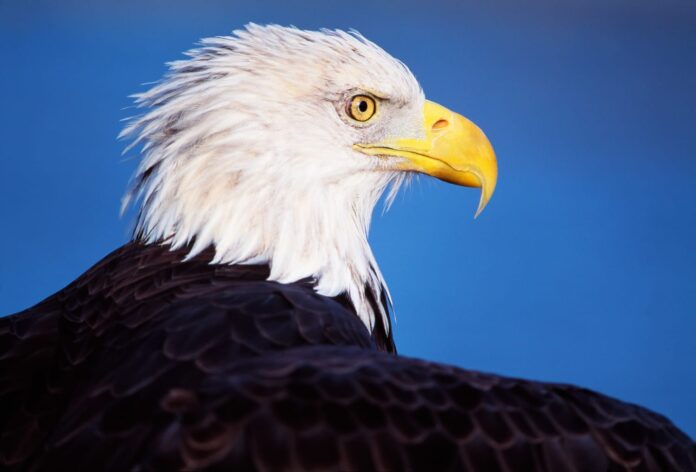For nearly 250 years, the bald eagle has symbolized strength, courage, and freedom in the United States, appearing prominently on the Great Seal since 1782. Yet, it wasn’t until December 24, 2024, that the bird was officially declared the US national bird. President Joe Biden signed the historic legislation into law on Christmas Eve, finally bestowing the title upon the iconic white-headed and yellow-beaked bird of prey.
The Journey to Official Recognition
The bald eagle has been a revered emblem in the US for generations, representing the nation on the Great Seal and countless government documents. Despite its widespread use as a symbol, Congress had never formally designated it as the national bird. That changed last week when lawmakers passed a bill to make the bald eagle’s status official.
“For nearly 250 years, we called the bald eagle the national bird when it wasn’t,” said Jack Davis, co-chair of the National Bird Initiative for the National Eagle Center. “But now the title is official, and no bird is more deserving.”
A Controversial Choice
While the bald eagle is now widely celebrated, its designation as a national symbol was not without controversy. Founding Father Benjamin Franklin famously objected to the bird’s status, describing it as a “bird of bad moral character.” Franklin preferred the turkey, which he considered a more respectable creature.
Despite Franklin’s objections, the bald eagle prevailed, symbolizing strength, courage, and freedom. Its unique status as a species indigenous only to North America further cemented its role as a national icon.

Why the Bald Eagle Matters?
The bald eagle is more than a symbol; it represents resilience and recovery. Once on the brink of extinction due to habitat loss, hunting, and the use of pesticides like DDT, the bald eagle’s population has rebounded significantly since the early 2000s. In 2009, it was removed from the endangered species list, thanks to conservation efforts and legal protections under the National Emblem Act of 1940, which prohibits hunting and selling the bird.
Minnesota, home to one of the nation’s largest bald eagle populations, played a key role in spearheading the legislation. Senator Amy Klobuchar described the declaration as a victory for wildlife preservation and American heritage.
Cultural and Historical Significance
The bald eagle has been central to the American identity for centuries. It adorns the Great Seal of the United States, where it is depicted clutching an olive branch in one talon and a bundle of arrows in the other—symbols of peace and strength. The seal is used on official government documents, military insignias, and currency, reinforcing the bird’s place in the national consciousness.
Beyond its symbolic value, the bald eagle represents the resilience of American wildlife. Its recovery from near extinction serves as a powerful reminder of the importance of conservation efforts and environmental stewardship.
Broader Legislative Context
The bill recognizing the bald eagle as the national bird was among 50 pieces of legislation signed by President Biden on Christmas Eve. These included significant measures like a federal anti-hazing law aimed at preventing violence and deaths on university campuses.
The recognition of the bald eagle underscores a broader commitment to preserving America’s natural heritage while celebrating its cultural and historical symbols.

A Symbol of Unity and Strength
The official declaration of the bald eagle as the US national bird is more than a ceremonial gesture—it is a reaffirmation of the values it represents. As a creature indigenous to North America, the bald eagle embodies freedom, strength, and resilience, qualities that resonate deeply with the American spirit.
This historic decision solidifies the bird’s place in the nation’s identity, ensuring it continues to inspire generations to come. For a country that has weathered challenges and celebrated triumphs, the bald eagle stands as a testament to its enduring strength and unity.

